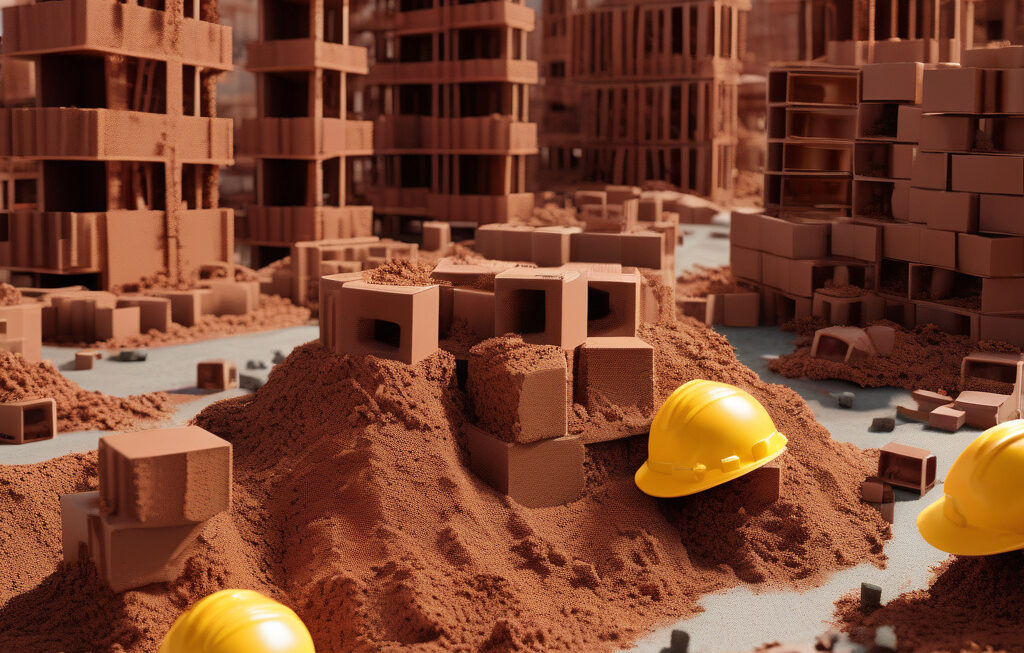Trash to Tower: Engineers Turn Cardboard Waste into Strong Building Material
A new building material uses cardboard, water, and soil to create a sustainable alternative to traditional construction materials. This innovation not only addresses the issue of cardboard waste but also provides a cost-effective and eco-friendly solution for building sturdy structures. The process of converting cardboard into a durable building material involves shredding the cardboard into small pieces and mixing it with water and soil to create a pulp. This pulp is then compressed and dried to form solid panels that can be used for various construction purposes.
One of the key advantages of using cardboard waste as a building material is its environmental sustainability. By upcycling cardboard that would otherwise end up in landfills, this process helps reduce waste and minimize the environmental impact of construction projects. Additionally, the production of cardboard-based panels requires less energy compared to traditional building materials like concrete or steel, further lowering the carbon footprint of construction activities.
Moreover, the resulting material is surprisingly strong and lightweight, making it ideal for use in a wide range of building applications. From walls and floors to furniture and decorative elements, cardboard-based panels offer versatility and structural integrity. Engineers and architects have already started exploring the potential of this innovative material in both residential and commercial projects, showcasing its strength and durability in real-world applications.
In addition to its environmental and structural benefits, the use of cardboard waste as a building material also presents economic advantages. As cardboard is a readily available and low-cost resource, the production of cardboard-based panels is a cost-effective alternative to traditional construction materials. This affordability can significantly lower the overall construction costs, making sustainable building practices more accessible to a wider range of developers and builders.
Furthermore, the lightweight nature of cardboard-based panels can streamline the construction process, reducing labor and transportation costs. The ease of handling and installing these panels can also contribute to faster project completion times, offering efficiency benefits to construction teams and developers. With the growing emphasis on sustainable and efficient building practices, the adoption of cardboard waste as a building material represents a significant step towards a more eco-conscious and cost-effective construction industry.
As engineers continue to innovate and explore new possibilities for sustainable construction materials, the transformation of cardboard waste into a strong building material stands out as a promising development. By harnessing the power of recycling and upcycling, this innovative approach not only reduces waste and environmental impact but also offers practical and economic benefits to the construction sector. With further research and investment, cardboard-based panels could become a staple in the construction industry, revolutionizing the way we build and shaping a more sustainable future for the built environment.
In conclusion, the journey from trash to tower exemplifies the potential of innovative thinking and sustainable practices in transforming waste materials into valuable resources. By turning cardboard waste into a strong building material, engineers are paving the way for a more sustainable, cost-effective, and efficient construction industry.
sustainability, cardboard waste, building material, eco-friendly, construction industry












